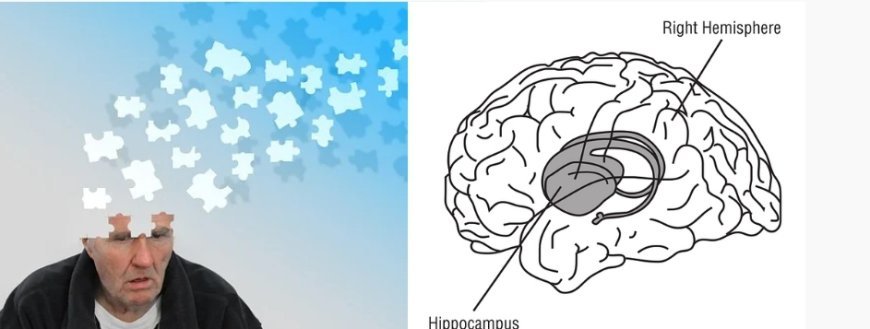DISCOVERY OF THE CONNECTION BETWEEN THE HIPOCAMUS AND MEMORY: THE CASE OF HENRY G. MOLAISON
Memory is a system where our everyday experiences, what we learn, our experiences, and information are stored and can be recalled when needed. This system is essentially what makes us who we are, forming our personalities. Our memories are what make us ourselves. In this essay, we will discuss Henry G. Molaison (H.M.), who had his future memories taken away from him due to incorrect treatment, resulting in 27 years of his life being trapped.

The hippocampus is the memory center located within the limbic system, named after its hippodame-like shape. It plays a role in the formation, encoding, and storage of new memories in long-term memory. It also plays a role in learning and, in conjunction with the amygdala, is involved in the emotional evaluation of memories. Additionally, it plays a role in spatial memory, which is crucial for individuals to navigate their surroundings. Damage in this region can lead to the loss of memories, inability to form new memories, and negative effects on spatial orientation. The hippocampus is particularly affected in Alzheimer's disease. Much of our knowledge about the relationship between this region and memory comes from the case of H.M., which initiated many memory studies.
Henry G. Molaison began experiencing epilepsy seizures, which would become the cause of the greatest tragedy of his life, after a bicycle accident at the age of nine in the 1930s. Whether these seizures were due to trauma or genetic factors caused a divergence of opinions among doctors, as epilepsy was also observed in H.M.'s cousins. As he aged, these seizures increased and became unbearable. H.M. could no longer sustain his daily life, leading him and his family to seek the help of Dr. Scoville, a brain surgeon who had experience working with psychiatric patients and had tried experimental methods in their treatment. Moleison underwent tests like EEG*, and based on the abnormal activities discovered in the brain, a decision was made to remove a region belonging to the medial temporal lobe, which included structures related to the hippocampus.
After the operation, H.M. no longer experienced epilepsy seizures. However, a much more serious problem emerged. While H.M. could recall memories from before the surgery, he was unable to form any new memories. He developed anterograde amnesia, unable to create new memories. H.M. was trapped in his past 27 years of life; the concept of the future held no meaning for him. For example, he would forget everything when turning his head while talking to his doctor, asking who the doctor was. H.M. was imprisoned within the memories of his past 27 years.
The studies and research conducted on H.M.'s condition captured the interest of the neuroscience world, leading to in-depth investigations. Until then, it was not believed that memory had a central location in the brain. It was thought that memory functioned generally throughout the brain rather than in a specific region. This case revealed that memory indeed had a biological basis and a center in the brain. There were no changes in H.M.'s motor skills, and he could perform a skill he learned a year ago, like drawing a star, with the same proficiency a year later. Therefore, there was no damage or problem in his procedural memory.
As a result, this case contributed significantly to the scientific community, paving the way for many new studies and hypotheses about memory. Distinctions between short-term and long-term memory were made, revealing that the hippocampus was not involved in working memory. It was found that the hippocampus was necessary for recording memories but not for recalling old memories. The importance of the medial temporal lobe in memory was discovered. Nevertheless, H.M. never remembered Scoville, who caused his condition, and could not recognize the doctors he worked with. He was always surprised by his 40-year-old reflection in the mirror. He couldn't bring new people into his life and died alone.
EEG: Electroencephalography. It is a test used to record electrical activity in the brain.
References:
Çavdar, C. (2022,6 Ağustos). Yeni Anı Oluşturulamaması: H. M. Vakası. Altı Üstü
Psikoloji. https://altiustupsikoloji.com/bilimselicerik-2484/
Nöropsikoloji Derneği.’’Bir Nörobilim Efsanesİ:H.M. ‘’28.10.2023.
https://noropsikoloji.org/bir-norobilim-efsanesi-h-m/
What's Your Reaction?















































































